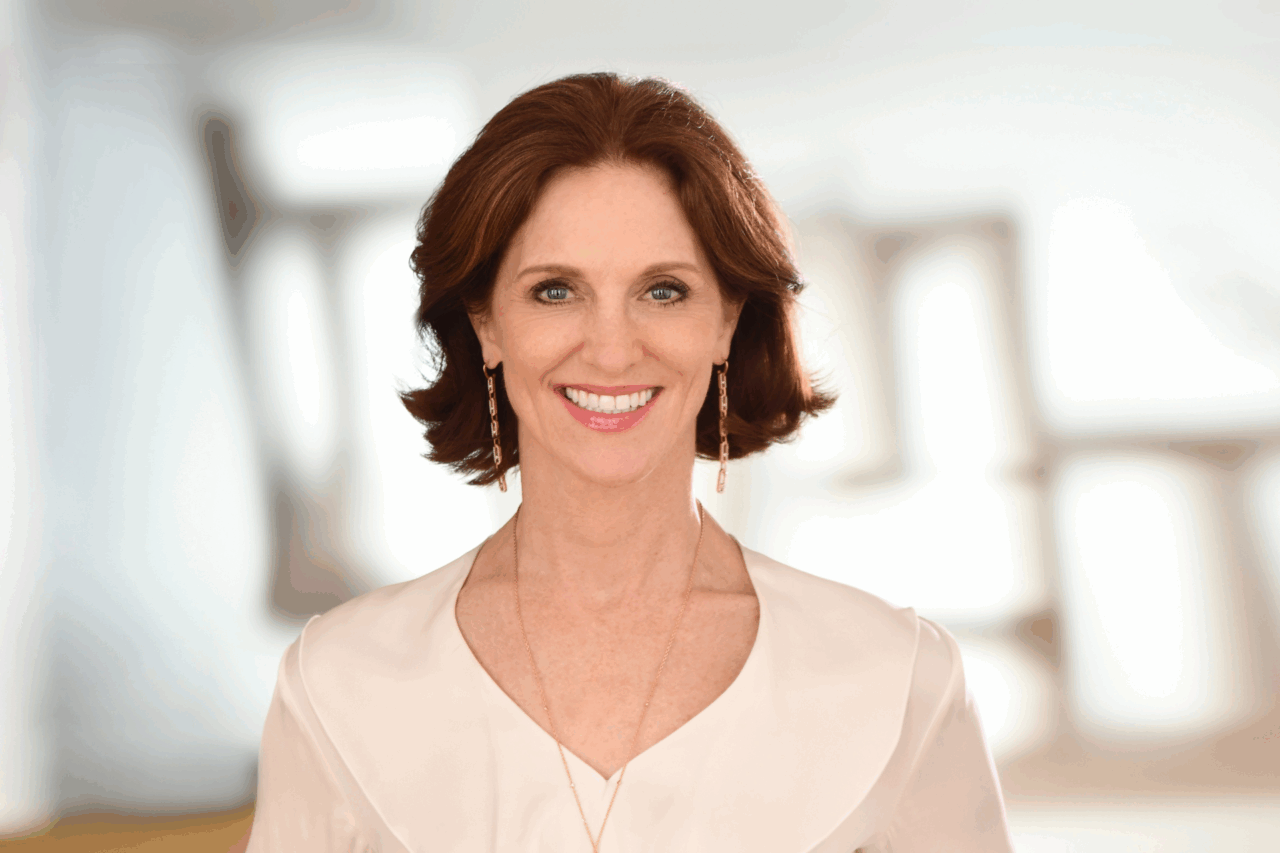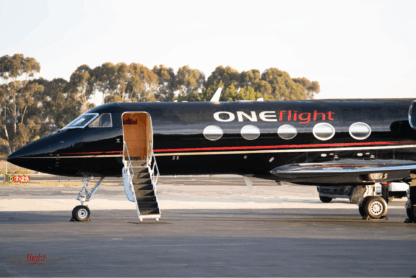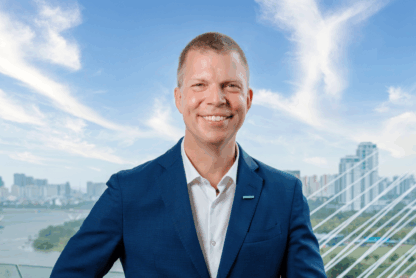In this exclusive conversation led by Alexander Chetchikov, President of the World Luxury Chamber of Commerce, Beatrice de Quervain Blanchard, Strategic Advisor for the Luxury Markets of the Americas and Partner at WinHouseCorp., shares her expertise in guiding luxury brands to success. With over 25 years of experience in the U.S. and a career that spans leadership roles across watch and jewelry houses, she offers a candid, pragmatic view of what it truly takes to enter and thrive in some of the world’s most competitive luxury markets.
Alexander Chetchikov: As a Strategic Advisor for the Luxury Markets of the Americas, what are the key challenges and opportunities you see for luxury jewelry and watch brands entering or expanding in North and Latin American markets?
Beatrice de Quervain Blanchard: As a brand enters the Americas, it makes strategic sense to begin with the U.S. market before expanding into Canada, Mexico, Latin America, and key high-luxury destinations in the Caribbean. However, many new brands underestimate what it truly takes to do business and build brand equity in this market.
I’m often surprised by how ill-prepared brands are when they launch in the U.S. Let me put it another way: You don’t enter an F1 race in a streetcar. A good product, opening a few retail accounts, and promoting it through some public relations efforts may be a start, but they aren’t a viable market entry strategy. What’s often missing is a well-defined roadmap—spanning three, five, even seven years—outlining how the brand will grow, adapt, and establish itself as a serious player. Without a strong plan in place, I’ve seen too many companies lose a lot of money in a very short time and consequently disappear altogether from the American market.
To succeed, a brand must bring the full package: a differentiated, clearly defined product that stands out in an already saturated luxury market, a plan for how to structure the local organization, a professional sales team on the ground, and a multilayered marketing and communication plan. The headquarters must work hand in hand with the local subsidiary to provide all the tools needed and be flexible enough to adapt certain tools to the U.S. market details.
A common mistake is focusing solely on the end consumer while ignoring the commercial realities of market entry. In truth, success in the U.S. often starts with wholesale partnerships. It’s a difficult path, but it’s essential for building brand awareness before considering your own boutiques or retail footprint.
As the U.S. strategy takes shape, it’s smart to begin exploring opportunities in Canada and Mexico—markets that offer logical next steps and can be prepared for in parallel.
AC: With over a decade leading WinHouseCorp. and acting as part-time CEO for various brands, how do you approach building and maintaining brand awareness and brand equity in the highly competitive luxury segment?
BdQB: The market entry ticket is high. Launching in this market requires significant investment, but true brand-building goes far beyond financial resources.
At its core, the luxury industry remains a people business—whether it’s B2B relationships with wholesale partners or direct interactions with high-net-worth clients at exclusive events. Success comes from knowing how to engage, communicate, and collaborate at every level to build brand presence and brand trust. This includes properly training on-the-ground teams to represent your brand effectively and adapting your approach to the cultural nuances.
When it comes to marketing plans, it’s essential to understand where and when to invest. No brand can maintain a constant nationwide campaign year-round and organize multiple high-end events, so efforts must be strategically concentrated, targeting the right sub-markets at the right time, with the right intensity. A scattered approach in large markets like North and South America brings little impact. Focus and timing are everything, and knowing where to start is a critical part of building a strong U.S. market entry strategy.
AC: How do you integrate your multicultural background and deep industry experience to advise luxury companies on navigating cultural nuances and consumer behaviors across diverse American markets?
BdQB: Naturally, it’s an advantage to understand both sides: I bring a deep knowledge of the French, Italian, and Swiss approaches to luxury, and with over 25 years of experience in the U.S. market, I’ve gained a strong grasp of what truly resonates with high-net-worth American consumers. The differences between markets are significant—and must be respected.
I often see European luxury brands fixating on details that may matter greatly in Europe but hold less relevance for U.S. clients. In contrast, American customers tend to prefer a more relaxed approach to experiencing luxury; however, they place a high value on instant gratification paired with hands-on customer service—factors that are non-negotiable in this market.
Another area that requires adaptation is brand storytelling. While in other parts of the world storytelling tends to focus on history, craftsmanship, and heritage, in the U.S., the narrative must be far more dynamic and emotionally engaging. It needs to spark curiosity, build aspiration, and offer social reassurance—demonstrating that other respected or influential individuals are already buying into the brand.
Recognizing the unique wholesale approach is critical when launching a new brand, especially in the watch and jewelry industry, where many retail operations are family-owned. These businesses value respect and reliability, and they don’t like being told how to run their operations. While this should be obvious, key retailers will highlight how many new brands stall early by neglecting their wholesale partners. Navigating these relationships and committing to a near-constant market service are key to success. This must be the mantra for everyone, from sales to customer service and marketing teams.
AC: As a keynote speaker on luxury industry topics, what major trends or shifts do you highlight as influencing the future of luxury goods, particularly jewelry and timepieces?
BdQB: As indicated, the U.S. luxury market is one of the most saturated and competitive in the world. Every major luxury group has a strong presence here, making it essential to approach the market with a clear and thoughtful strategy. In my talks, I always begin by stressing the importance of the planning phase. The first question to ask is simple but crucial: Why do you want to enter this market? This is the foundation on which everything else is built. From there, I show how to guide brands through the process of identifying key elements like expectations, timelines, product offerings and future development, and financial constraints. I emphasize that it is vital to develop a comprehensive “playbook” upfront before taking any action, setting a solid strategy in place to ensure long-term success.
When it comes to longevity in luxury, I often highlight that I don’t put much stock in fleeting trends or dramatic shifts. Instead, I believe in a grounded, pragmatic approach—one that focuses on consistency, quality, and most importantly, human connection—especially when it comes to high-end jewelry and watches, which are products with a high emotional component. That’s why I’m passionate about the importance of building genuine relationships at every level. Luxury success isn’t just about the product; it’s about how you engage with your business partners, end consumers, and local communities.
By focusing on authenticity, respect, and care in all interactions, a brand can establish deep, meaningful connections that transcend short-term trends. Ultimately, it’s through these human-centered, relationship-driven strategies that a brand can truly thrive in competitive markets like the U.S., Canada, and Latin America.
For more about my strategic approach and the themes I explore in my keynote speeches, I invite you to visit my website: www.winhousecorp.com.
Thank you, Beatrice!
Beatrice de Quervain Blanchard’s perspective is a masterclass in pragmatic luxury strategy, rooted in respect for local markets, precision planning, and the irreplaceable value of human connection. As her insights reveal, thriving in the Americas isn’t about rushing in with a good product; it’s about bringing the complete package: vision, structure, adaptability, and relationships built on trust. For brands willing to embrace this approach, the rewards extend far beyond sales, they create a legacy.
To follow Beatrice’s journey, head to https://www.linkedin.com/in/beatrice-de-quervain-blanchard-b508437/
Want to read more exclusives? Check out our news and insights: https://worldluxurychamber.com/insights-news/ & sign up for our newsletter here: https://worldluxurychamber.com/wlcc-community/





